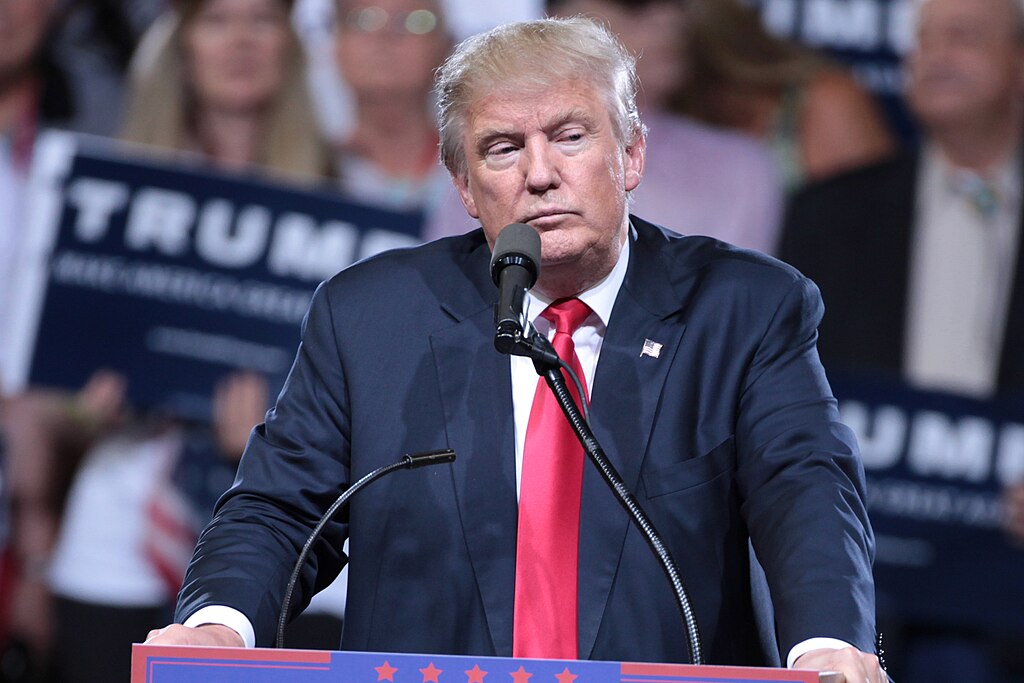On Sunday, March 17, two parades will march the streets in Boston: The St. Patrick’s Day Parade and The St. Patrick’s Day Peace Parade. Both parades are sponsored and supported by veterans’ organizations, but due to a Supreme Court ruling, the two parades operate as separate entities.

The St. Patrick’s Day Peace Parade, which is run by the Boston-based Smedley Butler’s Veterans for Peace, will be hosting its third annual march in response to the exclusion of LGBT groups from the original St. Patrick’s Day Parade. The coalition will follow the first parade in protest of the Supreme Court’s 1995 ruling in “Hurley v. Irish American Gay, Lesbian and Bisexual Group of Boston” and The Allied War Veterans Council’s (AWVC) continued prejudice in not allowing some groups to participate in the parade.
Originally, the St. Patrick’s Day celebrations were run by the city of Boston, as it coincided with the city honoring Evacuation Day, the day the royal troops and Loyalists were evacuated from Boston during the American Revolution. In 1947, the AWVC was granted authority, by the mayor at the time, to organize The St. Patrick’s Day/Evacuation Day parade through South Boston.
The parade has garnered much public support since its creation in 1947 with between 600,000 and 1 million viewers each year, which makes it one of the largest St. Patrick’s Day celebrations in the country. Groups who want to participate in the march itself petition to the AWVC and, if granted permission, garner signficant media exposure.
In 1992, openly gay, lesbian and bisexual Irish Americans formed a group called GLIB and petitioned to walk in the parade. They wanted to show pride in their Irish American heritage as well as their sexual orientation. AWVC denied the petition in 1992 and the following year in 1993, at which point the coalition alleged violations against the Massachusetts Constitution, United States Constitution and most importantly the Commonwealth’s public accommodations law.
The public accommodations law prohibits “any distinction, discrimination or restriction on account of . . . sexual orientation . . . relative to the admission of any person to, or treatment in any place of public accommodation, resort or amusement.” This law remained the lynchpin in both the state and Supreme Court trials because the parade was designated a public event.
However, in the 1995 Hurley v. GLIB Supreme Court ruling, the parade was designated a private event, run by a private organization that had the First Amendment right promote only the messages they wanted.
Parades are a form of expression in the sense that they are marchers who are making a shared point. Though not all members of the parade might agree with the AWVC on its stance towards LGBT participation in the community, they are armed with the First Amendment right to take that stance with their parade.
Although it may be a long time before Boston sees a reversal of the Hurley v. GLIB case, it is important that groups, such as Veterans for Peace, are organizing rallies to accompany the already existing parade. The St. Patrick’s Day Peace Parade is also called “the Alternative People’s Parade for Peace, Equality, Jobs, Environmental Stewardship, Social and Economic Justice,” providing us with a political agenda from its label.
According to Pat Scanlon, the Veterans for Peace Parade coordinator, the mission of the march is to “end this last vestige of institutionalized exclusion, prejudice, bigotry, and homophobia and make this parade inclusive and welcoming to all and bring the message of peace to South Boston on Saint Patrick’s Day.” Mr. Scanlon encourages local officials and politicians to not march in the first parade as a way of showing their disdain for the continued prejudice.
Although the bigotry and homophobia propagated by the AWVC is ultimately detrimental to the LGBT representation in the community, we should not be asking a group to change their views unless they are directly attacking a way of life. As a private group, the AWVC is allowed to organize whatever parade they want under the First Amendment and, unless they are harming another group, they doing no wrong in the eyes of the law.
In the eyes of the public, however, they could come under some attack. By simply seeing a second parade, which has gained participants over the past two years, follow the first parade brings into question the reason why two parades are needed at all. It is then up to the public and those who support LGBT groups to promote the peace parade rather than the AWVC’s. We, as a country, cannot attack private groups for holding certain beliefs but instead we must rally behind groups that help eliminate bigotry and exclusion.
Allie Connell is a Collegian columnist. She can be reached at [email protected].












kay walsh • Mar 13, 2013 at 1:35 pm
Pray tell why are you letting the AWVC ignore the fact that they are stopping their comrades, war veteran, decorated heroes from marching in their parade. What ever happened to “no man left behind” I guess in South Boston that means behind the Street sweepers. War is not a football game…it is a horrific, life destroying event…the only purpose is to create a long lasting just peace. For the Allied Veterans to use the weapons of betryal, shame, and censor ship to silence the Veterans for Peace un American. Kay Walsh [email protected] sign the petition
https://www.change.org/petitions/allied-war-veterans-council-host-a-safe-inclusive-st-patrick-s-day-parade